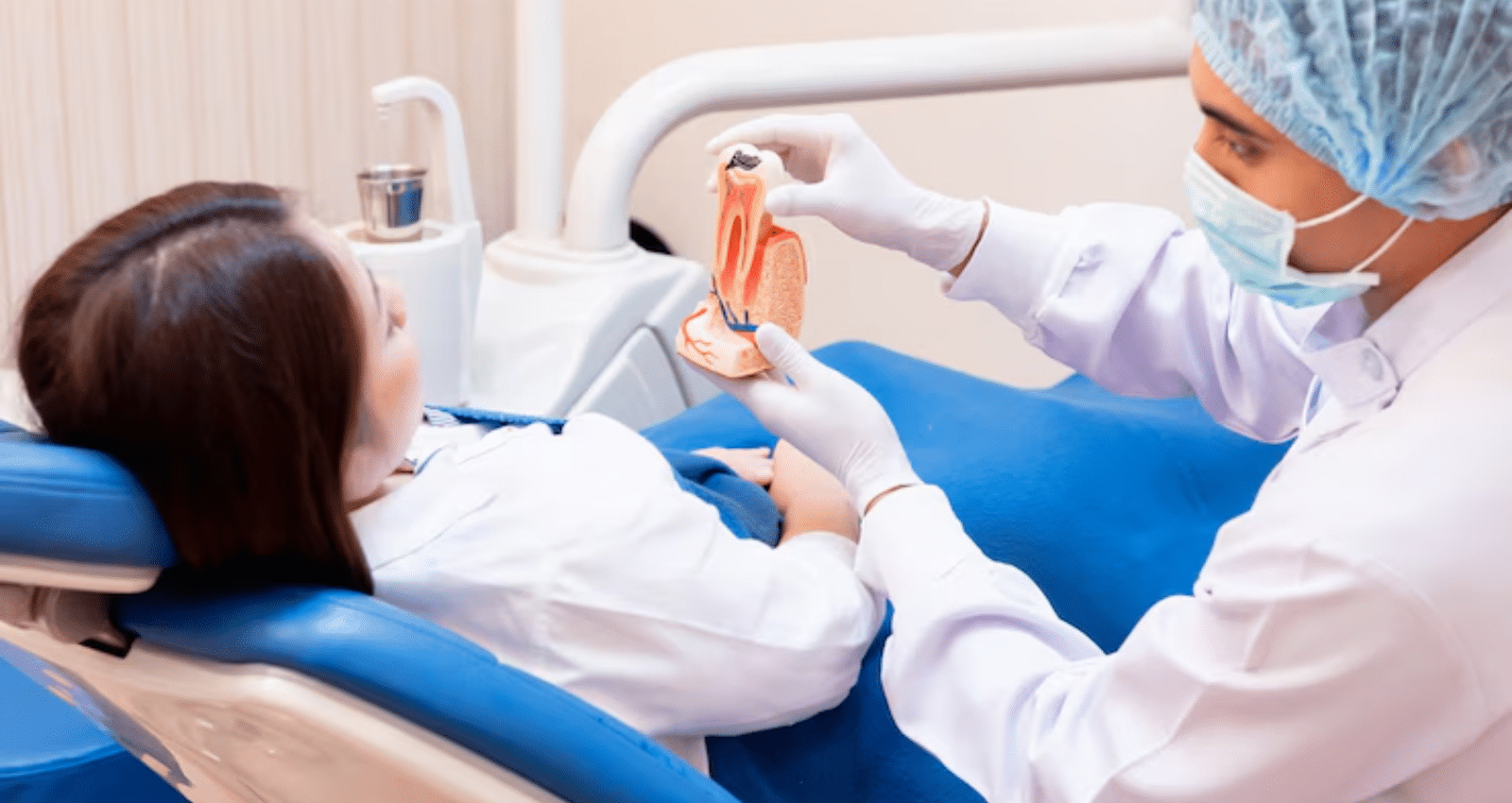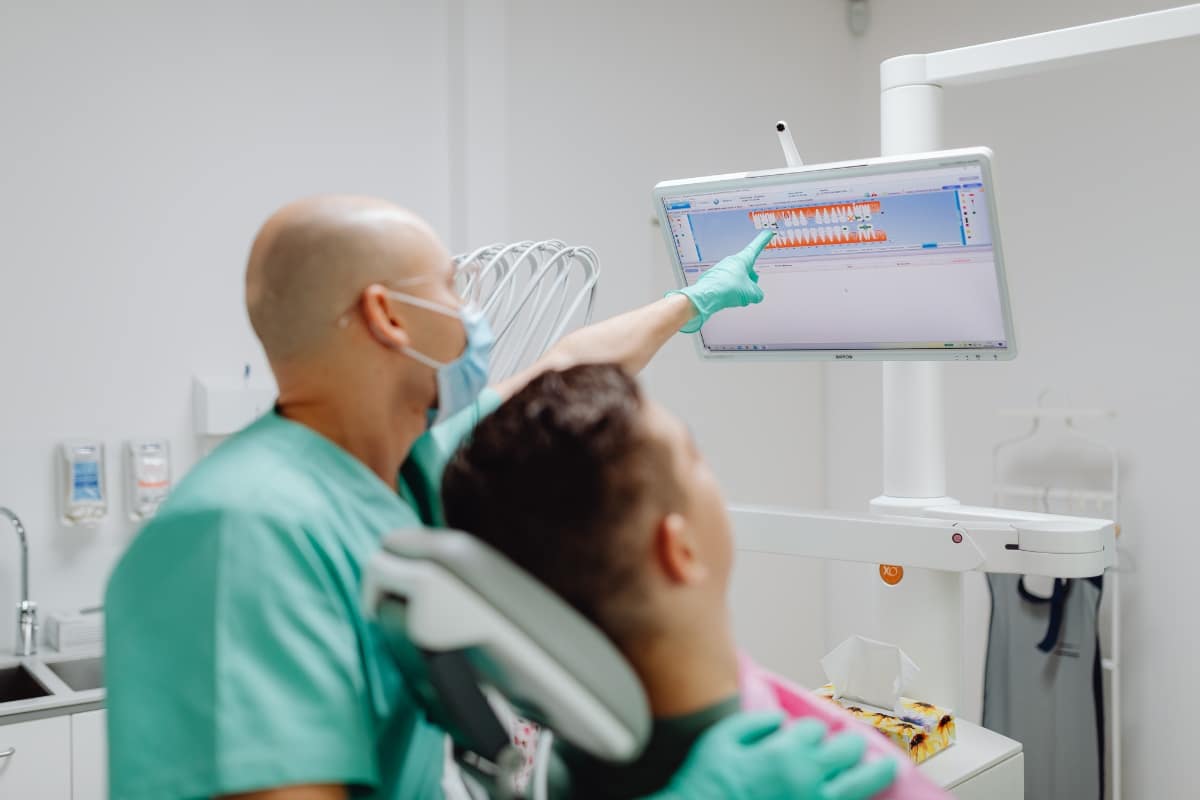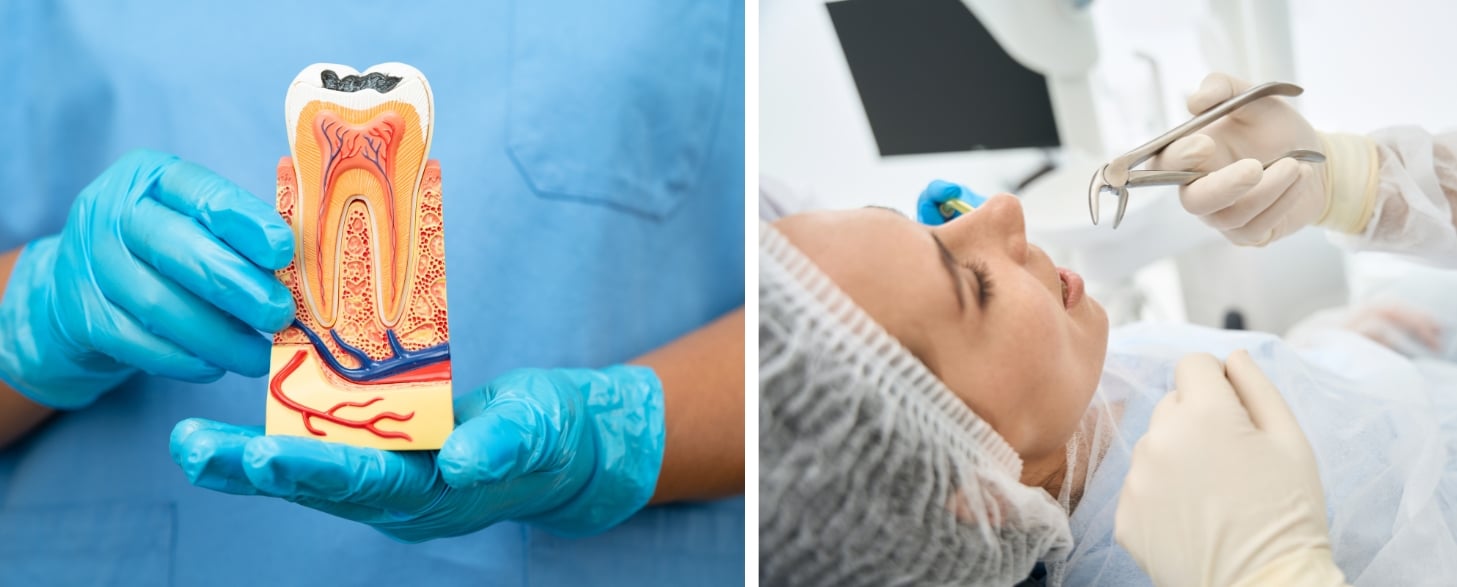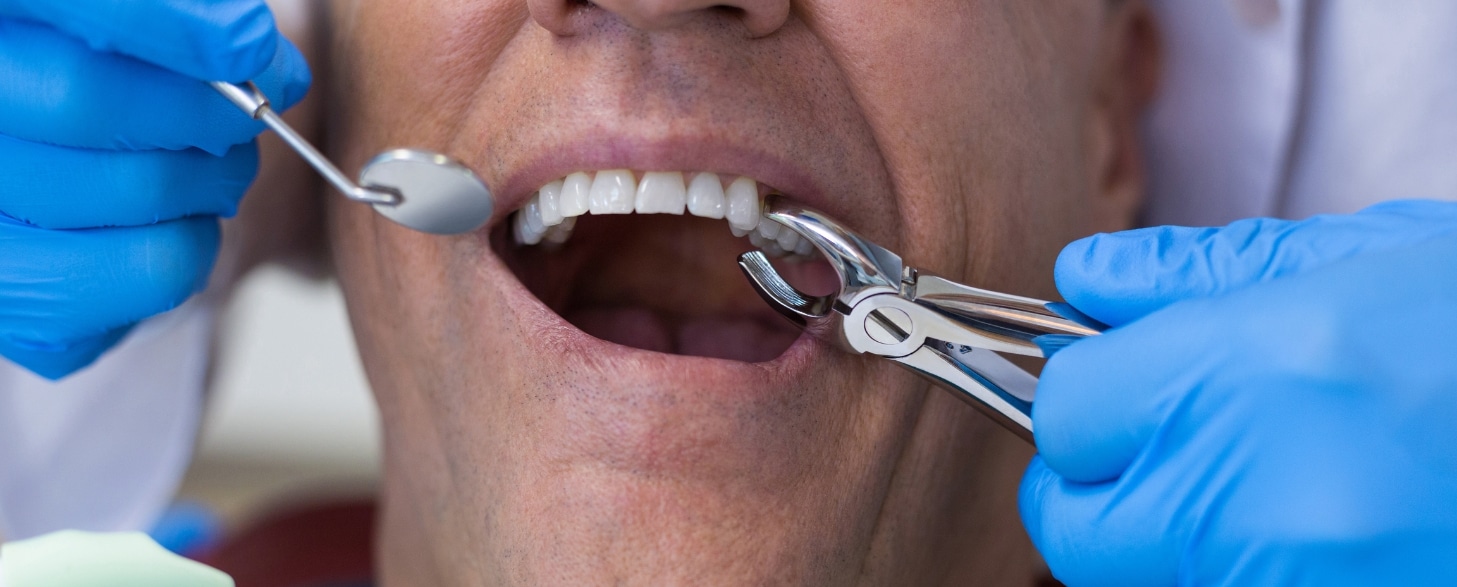How Long Does It Take to Recover After a Root Canal Treatment?
San Antonio, TX

Root canal treatment, a common dental procedure, often stirs anxiety due to its reputation for being painful. However, with modern techniques and anesthesia, it has become a relatively straightforward and comfortable experience. Post-treatment recovery, though, remains a significant concern for many patients. Understanding the recovery timeline and factors affecting it can help alleviate these concerns and ensure a smooth healing process.
What is a Root Canal Treatment?
A root canal treatment is a dental procedure used to repair and save a tooth that is badly decayed or infected. The procedure involves removing the damaged or infected pulp, which is the soft tissue inside the tooth that contains nerves and blood vessels. Once the pulp is removed, the inside of the tooth is cleaned, disinfected, and then filled and sealed. This process helps to eliminate the infection and protect the tooth from future damage. A root canal can relieve pain, restore the tooth’s function, and prevent the need for extraction. Despite its reputation, modern root canal treatments are relatively painless and are similar to having a routine filling. After the procedure, a crown or filling is typically placed on the tooth to restore its strength and appearance.

Immediate Post-Treatment Recovery
The First 24-48 Hours
The initial recovery phase begins as soon as the procedure is completed. During the first 24 to 48 hours, it is normal to experience some discomfort or mild pain. This is usually due to inflammation of the tissues surrounding the tooth, and not the tooth itself, as the nerve has been removed. Over-the-counter pain relievers like ibuprofen or acetaminophen are typically effective in managing this discomfort.
Managing Pain and Discomfort
To minimize pain and discomfort:
- Take prescribed pain medications as directed by your dentist.
- Avoid chewing on the treated side of your mouth to prevent aggravating the area.
- Use a cold compress on the outside of your cheek near the treated tooth to reduce swelling and numb the pain.
- Maintain good oral hygiene by brushing and flossing gently around the treated area.
The First Week of Recovery
Days 3-7
As you move into the first-week post-treatment, you should notice a significant reduction in pain and discomfort. Most patients report that any soreness or sensitivity they experienced initially begins to diminish by the third day. By the end of the first week, the treated area should feel much more comfortable.
Eating and Drinking
During the first week, it’s important to be mindful of what you eat and drink. Stick to soft foods like mashed potatoes, yogurt, and smoothies, which don’t require much chewing. Avoid hard, crunchy, or sticky foods that could irritate the treated tooth or dislodge the temporary filling.
Long-Term Recovery and Follow-Up
Weeks 2-4
In the weeks following the initial recovery phase, your dentist will typically schedule a follow-up appointment to ensure the tooth is healing properly. This appointment is crucial for checking the integrity of the filling and ensuring there are no signs of infection.
Getting a Permanent Crown
A root canal-treated tooth often requires a crown to restore its strength and functionality. This is usually done a few weeks after the initial procedure. The process involves taking an impression of the treated tooth and the surrounding teeth to create a custom crown. Once the crown is ready, your dentist will cement it in place, providing a durable and natural-looking restoration.
Factors Influencing Recovery Time
The Severity of Infection
The severity of the initial infection or inflammation can significantly impact recovery time. A mild infection may result in a quicker recovery, while a severe infection may require a longer healing period.
Individual Health Factors
Your overall health and immune system play a crucial role in recovery. Individuals with compromised immune systems or underlying health conditions may experience a longer recovery time. Additionally, smokers may find their recovery process slower due to reduced blood flow and healing capacity in the gums and surrounding tissues.
Adherence to Aftercare Instructions
Following your dentist’s aftercare instructions diligently can significantly influence your recovery time. Proper oral hygiene, taking prescribed medications, and avoiding certain foods and activities are essential for a smooth recovery.
Potential Complications and Their Impact on Recovery
Post-Treatment Infection
Though rare, a post-treatment infection can occur. Symptoms may include persistent pain, swelling, or a fever. If you experience any of these symptoms, contact your dentist immediately. Treating a post-treatment infection promptly is crucial for a smooth recovery.
Incomplete Root Canal Filling
In some cases, the root canal filling may not completely seal the canals, leading to potential re-infection. Regular follow-up appointments help identify and address such issues early, ensuring a complete recovery.
Tips for a Smooth Recovery
Maintain Good Oral Hygiene
Continue to brush and floss regularly, being gentle around the treated area. Using an antibacterial mouthwash can also help keep the area clean and reduce the risk of infection.
Monitor Your Symptoms
Keep an eye on your symptoms and note any changes. If you notice persistent pain, swelling, or any unusual symptoms, contact your dentist promptly.
Stay Hydrated
Drinking plenty of water helps keep your mouth clean and promotes healing. Avoid sugary or acidic beverages that could irritate the treated area.
Recovering from a root canal treatment is generally a smooth process, with most patients experiencing significant improvement within the first week. By understanding the recovery timeline and following your dentist’s aftercare instructions, you can ensure a successful outcome. Remember, each person’s recovery is unique, and factors such as the severity of infection, individual health, and adherence to aftercare instructions can influence the healing process.
In summary, while the thought of a root canal treatment may be daunting, the recovery process is typically manageable. With modern dental practices, pain and discomfort are minimized, allowing you to return to your normal activities quickly. If you have any concerns during your recovery, don’t hesitate to reach out to your dentist for guidance and support.






